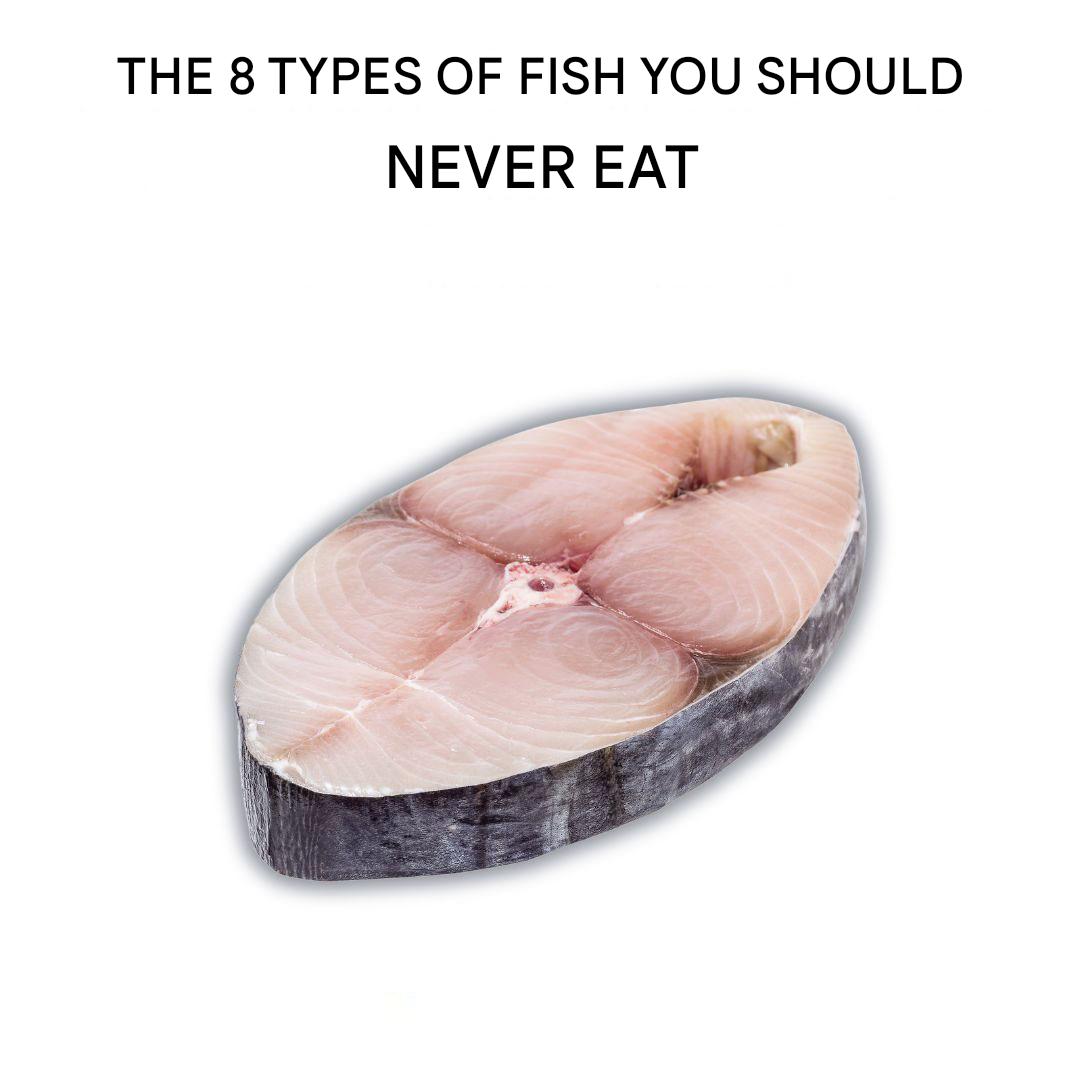ADVERTISEMENT
### Other Toxins in Tuna
In addition to mercury, bluefin tuna may contain other harmful toxins, including **PCBs (polychlorinated biphenyls)**, which are persistent organic pollutants that can accumulate in the fatty tissues of marine animals. PCBs have been linked to cancer, immune system suppression, and developmental problems in humans. Like mercury, these toxins accumulate in the tuna’s tissues as a result of the fish’s position at the top of the food chain. While these toxins are typically found in the fatty portions of the fish, their presence poses a significant health risk to consumers.
## 3. **Ethical Concerns: The Treatment of Bluefin Tuna**
### Cruel Practices in the Fishing Industry
Beyond environmental and health concerns, the treatment of bluefin tuna during the fishing and farming process raises significant ethical questions. Bluefin tuna are often caught using methods that cause significant stress and trauma to the fish, leading to suffering before they are eventually sold in markets.
When bluefin tuna are caught in the wild, they are often placed in **live wells** on fishing vessels, where they are kept alive for extended periods while waiting to be transported. The conditions in these live wells can be cramped and stressful, leading to exhaustion and injury to the fish. Once the tuna are brought aboard, they are often subjected to a violent killing process, where they are either clubbed to death or bled out while still conscious. These practices raise concerns about the welfare of the fish and the ethical implications of how they are treated before they reach consumers.
In tuna farms, the ethical issues are just as troubling. The fish are typically kept in crowded, unnatural environments that limit their movement and cause stress. They are often fed a diet that is not ideal for their health, relying on wild-caught fish to sustain them, which further depletes marine populations. The confined conditions of tuna farms can lead to disease outbreaks, which are often addressed by pumping the water with antibiotics and chemicals, contributing to environmental pollution.
Furthermore, bluefin tuna are incredibly intelligent and migratory animals, capable of traveling great distances across the ocean. Confining them to small tanks in farms or capturing them from the wild for human consumption denies these creatures the ability to live in their natural environment and fulfill their ecological role.
### The Importance of Ethical Sourcing
As consumers become more aware of the ethical concerns surrounding food production, many are choosing to avoid fish that come from questionable sources. With the widespread depletion of wild fish populations and the questionable practices used in the tuna industry, it is crucial for individuals to seek out more sustainable and ethically sourced alternatives.
In many regions, there are certification programs such as the **Marine Stewardship Council (MSC)** that aim to ensure that seafood is caught using sustainable and humane methods. While these certifications are not perfect, they provide consumers with a way to make more informed choices. However, given the critical state of bluefin tuna populations, even certified sources may not guarantee that the fish is ethically sourced.
## 4. **The Growing Demand for Alternatives**
### Sustainable and Healthier Alternatives to Bluefin Tuna
With growing awareness of the issues associated with consuming bluefin tuna, more and more consumers are turning to sustainable and healthier alternatives. These alternatives provide a viable way to enjoy seafood without contributing to overfishing, environmental degradation, or health risks.
– **Albacore tuna:** While not entirely free of mercury, albacore tuna tends to have lower mercury levels than bluefin tuna, making it a healthier option. It is also caught using more sustainable fishing methods.
– **Mahi-mahi:** This fish is a great alternative for those who enjoy a similar texture and flavor to tuna. Mahi-mahi is often caught using more sustainable methods and tends to have lower levels of mercury.
– **Farmed fish (when done responsibly):** While fish farming can raise ethical concerns, some fish farms operate with high standards of sustainability, using environmentally friendly practices and ethical treatment of fish. For example, **certified organic** and **responsibly farmed** fish, like certain species of salmon, can be a good alternative.
– **Plant-based tuna:** With the rise of plant-based and lab-grown food, some companies are now offering plant-based tuna alternatives. These products are made using sustainable ingredients and provide a fish-free alternative that is healthier for both the environment and human health.
## Conclusion: Why Bluefin Tuna is the Worst to Eat
When it comes to making informed and responsible food choices, the Atlantic bluefin tuna stands out as one of the worst fish to eat. Its status as an endangered species, combined with the devastating impact of overfishing, environmental degradation, health risks associated with mercury and toxins, and ethical concerns regarding its treatment, all make it a problematic choice for consumers.
As individuals, we can make a difference by choosing sustainable, ethical, and healthy alternatives to bluefin tuna. Whether it’s opting for other fish species with lower mercury levels, supporting responsible fishing practices, or even exploring plant-based seafood alternatives, every choice counts in helping protect our oceans and the species that call them home. By being mindful of our seafood consumption, we can all play a role in preserving marine ecosystems for future generations.
